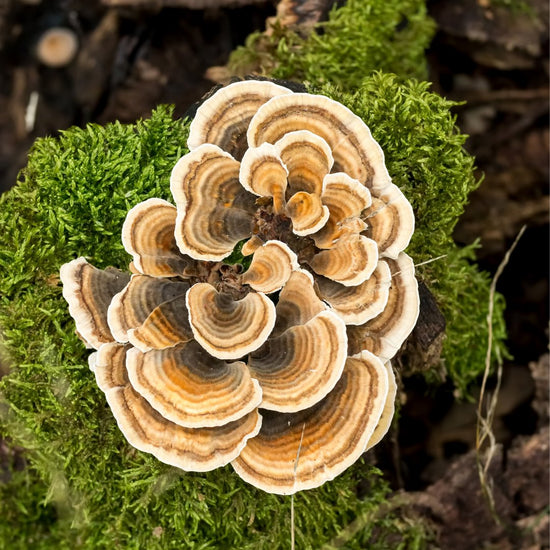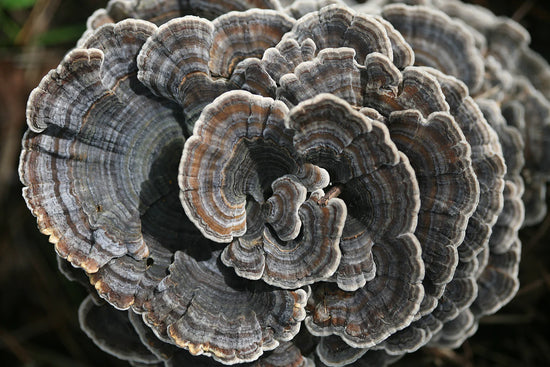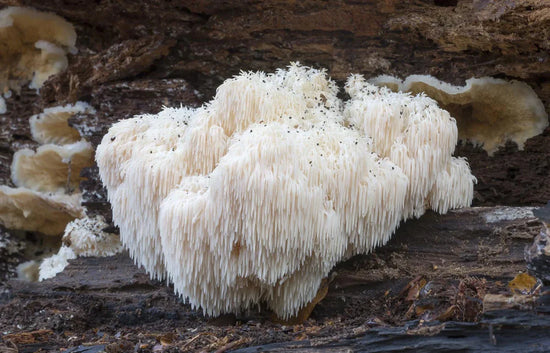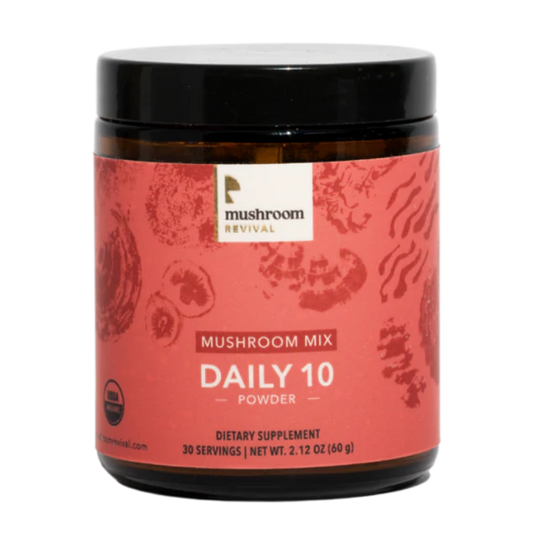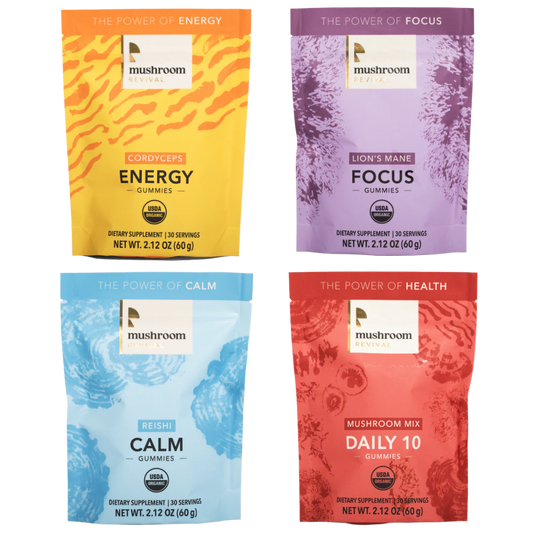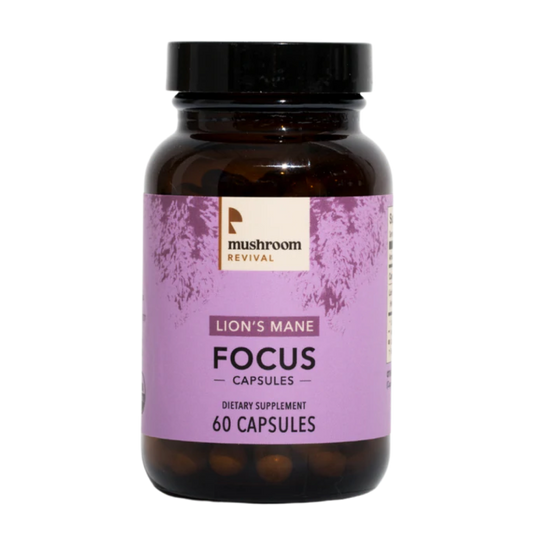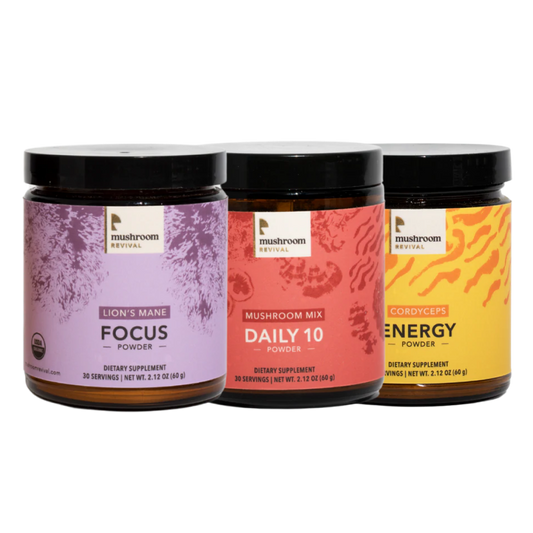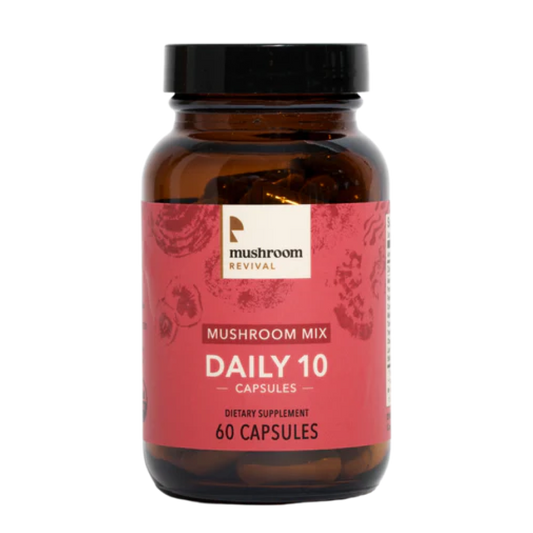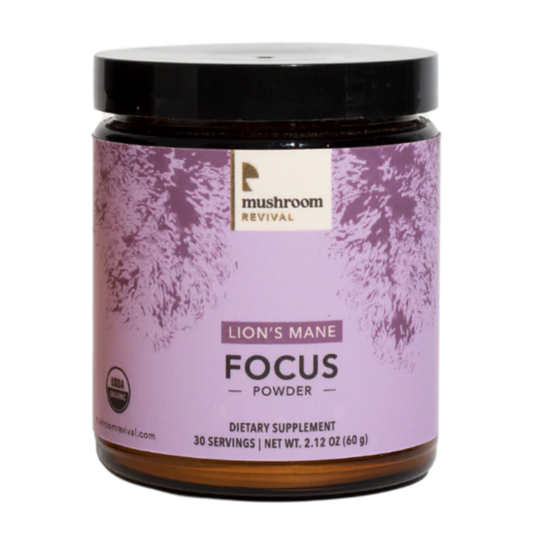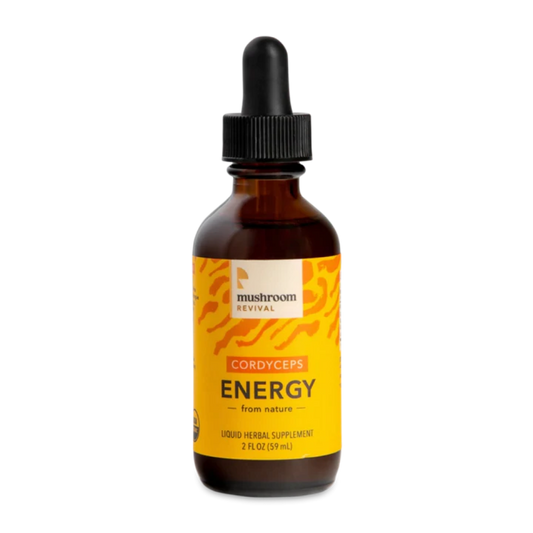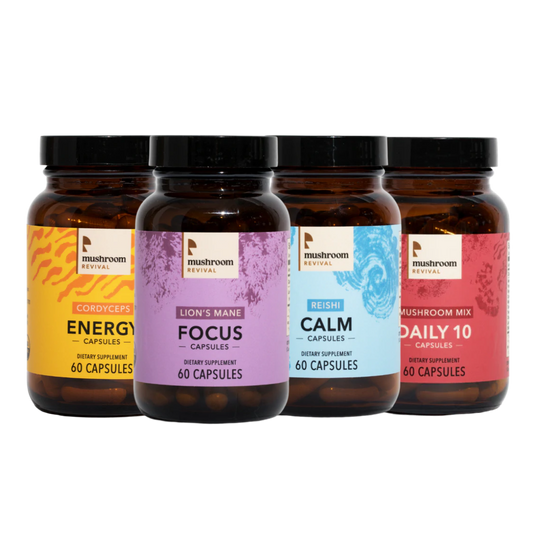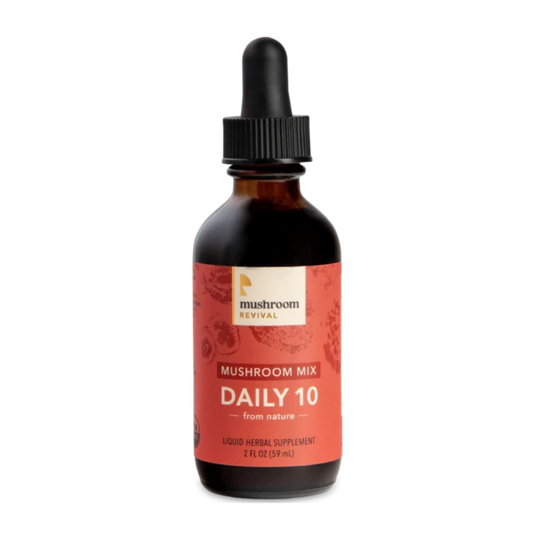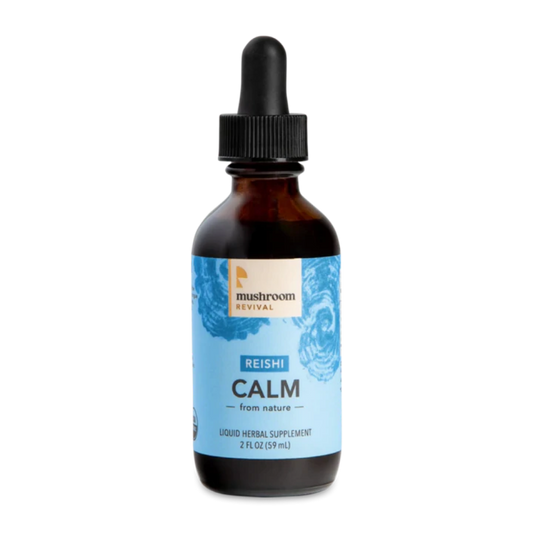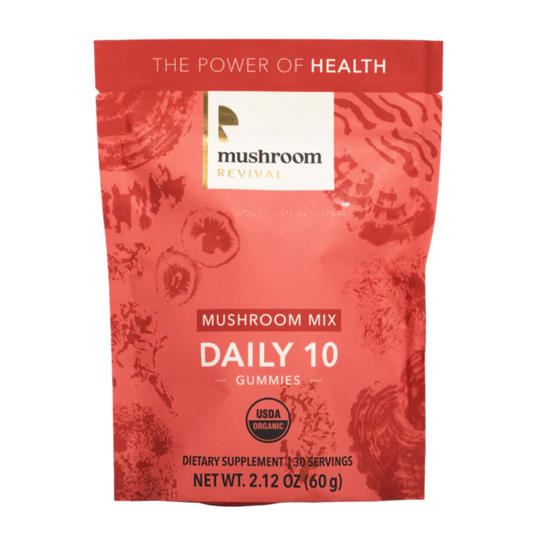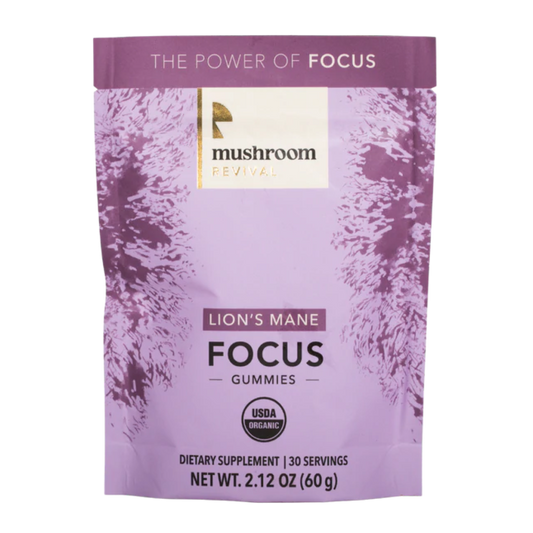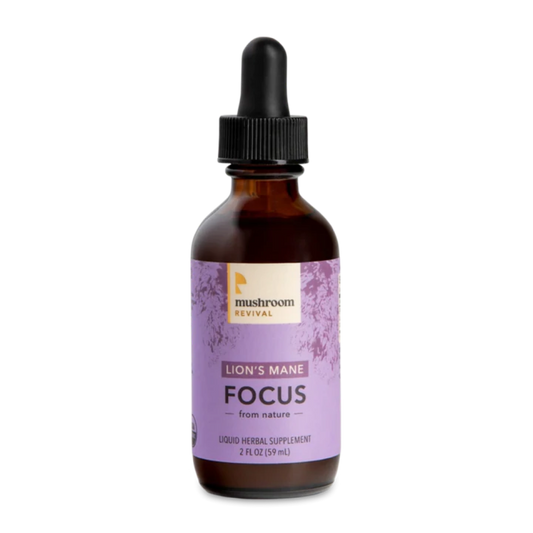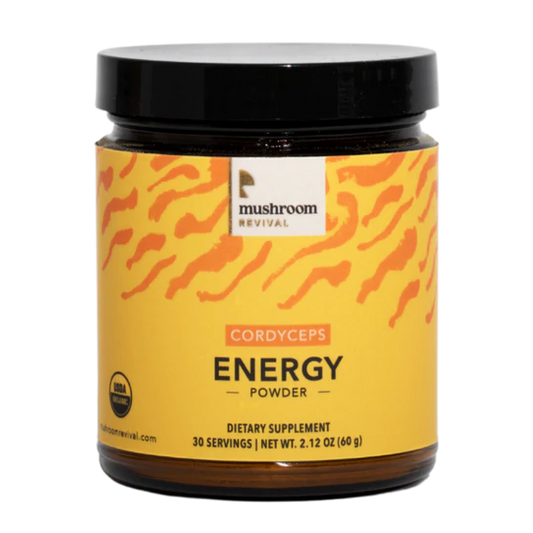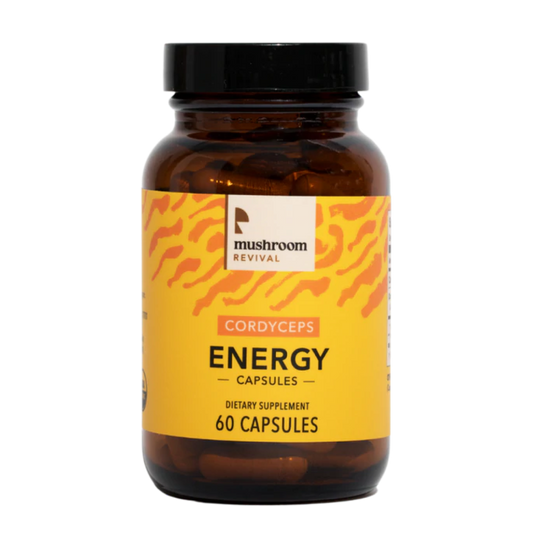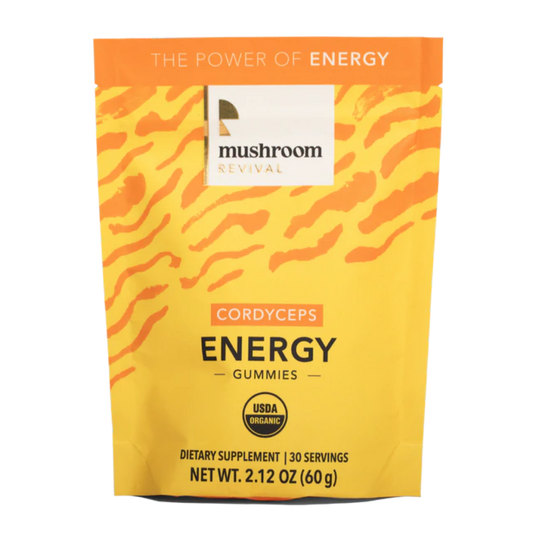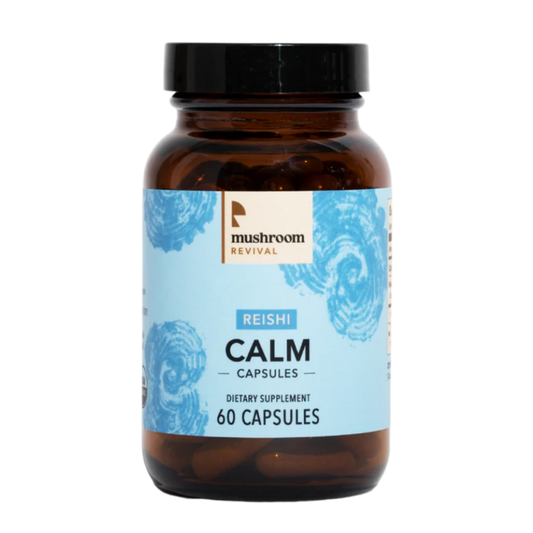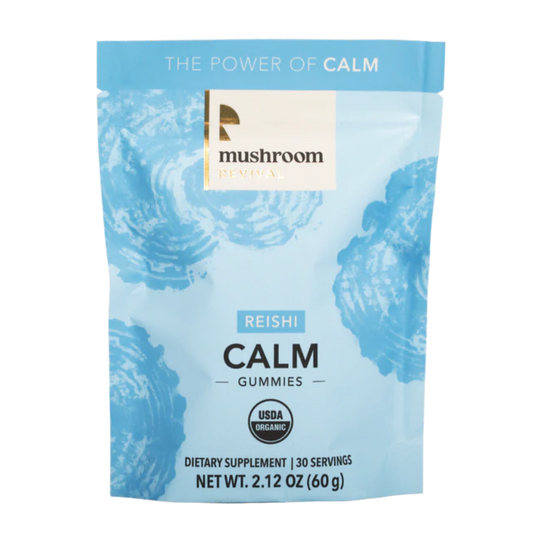What is a Polysaccharide and How Is It Related to Mushrooms?
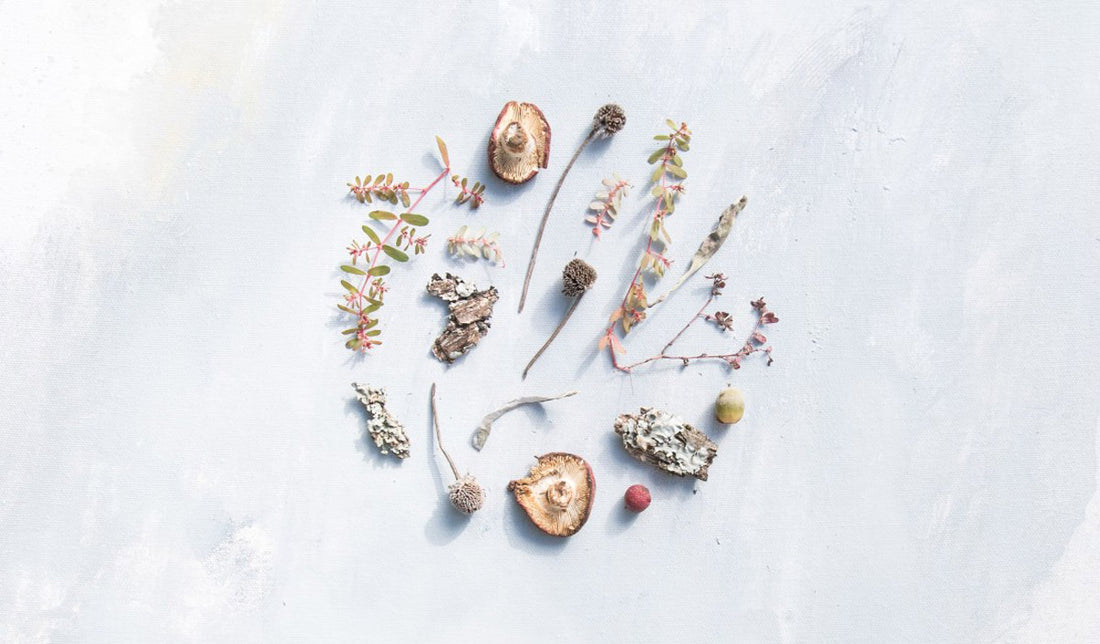
Today we’re going to answer a question that is related to the quality and potency of mushroom supplements – what is a polysaccharide, and what does it have to do with mushrooms? Mushrooms are brimming with active components that help support your health and well-being.* From Reishi to Lion’s Mane, Turkey Tail to Cordyceps militaris, mushrooms offer you both overall and targeted support.*
When you start to learn more about how mushrooms offer that support – and the specific active compounds in particular species – you’ll no doubt hear the word polysaccharide. And if you pick up one of our bottles and scan the QR code, you'll see the beta-glucan content, as well as a guarantee that our products contain only 100% mushroom fruit bodies (or fruiting bodies) – no mycelium grown on grain. And that’s when the conversation will start to involve polysaccharides.
Let’s start with a quick nutrition lesson.
What is a Polysaccharide?
What is a polysaccharide? A polysaccharide is a form of carbohydrate. You might also hear polysaccharides called “complex carbohydrates.” The other main type of carbohydrate is known as a monosaccharide, or simple carb.
The difference between the two start at the molecular level. Polysaccharides are made of longer chains of sugar molecules linked together. This type of carbohydrate takes longer for your body to break down and digest. Monosaccharides are simple sugars, made of one sugar unit. They break down and digest faster. (Poly = many; mono = single.)
When it comes to mushrooms, polysaccharides are commonly listed on the label – but they are not all created equal. There’s one unique group of them, called beta-glucans, that are believed to be the most “bioactive” polysaccharides.* These are the ones to look for!
In Mushrooms, 1,3; 1,6 Beta-Glucans are the Best Polysaccharides
Some mushroom supplements boastfully list “polysaccharide” content on their labels. But that’s not the whole story. Polysaccharides can include chitin, an indigestible polysaccharide that forms the cell walls of mushrooms. Chitin is what keeps the “good stuff” – all those active compounds – locked up. (It’s also found in insect exoskeletons and is remarkably strong!)
That’s why we need to extract mushrooms, so we can access all that’s inside. Think of the active compounds in mushrooms as Rapunzel. Extraction is like her golden hair, giving us a way to access the princess locked away high up in the tower. Without that “rope,” we can’t get to the princess!
You know what else counts as a polysaccharide? The residual grains used to grow mycelium. So, when a product talks about polysaccharide content (and not specifically the beta-glucan content), it might be counting the leftover substrate (grains).
Our labels always share the beta-glucan content. Peep at this example from our Mushroom Mix Daily 10 Tincture: 1,3/1,6 Beta Glucans: 1.65%
Look for the 1,3/1,6 Beta-Glucans
What is a polysaccharide that you should look for? That would be the beta-glucans. These are a type of polysaccharide have been shown to support both the immune system and healthy cell growth, among other aspects of your health.* Certain mushrooms contains specific polysaccharides, such as the lentinan found in Shiitakes or polysaccharide K (aka PSK) in Turkey Tails.
Different types of beta-glucans have different numbers, which you’ll see on our labels. They are named based on their branching structure; mushrooms have beta-glucans 1 through 6. For consumers, the differences don’t matter, but to mycologists, they do!
So now we’ve answered “what is a polysaccharide” – and identified some of the ones you’ll find in mushrooms. But what about how they work?
How Beta-Glucans Work
After you take a dropperful of our tinctures or chow down on a tasty meal of mushroom risotto or soup made with mushroom stock, your body starts to get to work digesting them. The beta-glucans in your ‘shrooms bind with a type of white blood cell that consumes and breaks down cellular debris, known as macrophages.
This all happens in the intestines. After that, the beta-glucans are ingested and transported to different parts of your immune system, like the spleen, lymph nodes and bone marrow, among other sites. In the bone marrow, the beta-glucans are further broken down.
You can see why it’s important to look for beta-glucans and not just polysaccharides when you are buying mushroom extracts and other mushroom products. You want the best quality, purity and potency possible – and you do not want to pay for grain residue and weak mycelium. You want 100% mushroom fruit bodies.
So does that answer the question “what is a polysaccharide?” Keep checking back for more mushroom goodness!








